In the Standards world, specifications are categorized to three ascending levels: Corporate, De Facto, and Industry Standard. Corporate Standards are achieved when design elements are adopted company-wide. De Facto Standards often grow out of a Corporate Standard to act as a solution in a common industry (like using micro-USB in Android phones).
Industry Standards are formal specifications produced by a body of participants assembled to narrow variations on a precise application. The purpose is improved compatibility, performance, and efficiency. Achieving these goals requires consensus within a diverse group of participants, and as a result, greater research and time are necessary.
As a connector company, Samtec provides products that interact with many types of hardware and software. This drives our need to adhere to a variety of Industry Standards. The majority of Industry Standards we engage address:
- Transmission protocols (primarily software & firmware defining machine language to allow communication)
- Hardware (physical electro-mechanical devices)
- Interconnection (cables & connectors)
- Sub-systems (typically daughter or carrier cards which include functional compliance specifications defining electro-mechanicals & mechanicals)
Click here to download a quick reference to Industry Standards.
Computing Systems, Subsystems, and Components
This section is focused on Standards addressing a wide array of computing-related applications. In order to achieve optimal data rates, embedded computing systems rely on modern interconnection architecture. Samtec offers a variety of high-speed interconnect solutions to satisfy these requirements.
| Industry Standard | Description | ||
|---|---|---|---|
| HSMC |
Intel® HSMC defines electrical and mechanical properties of a high speed mezzanine card interface. This specification standardizes the way in which mezzanine cards communicate and connect to host boards. |
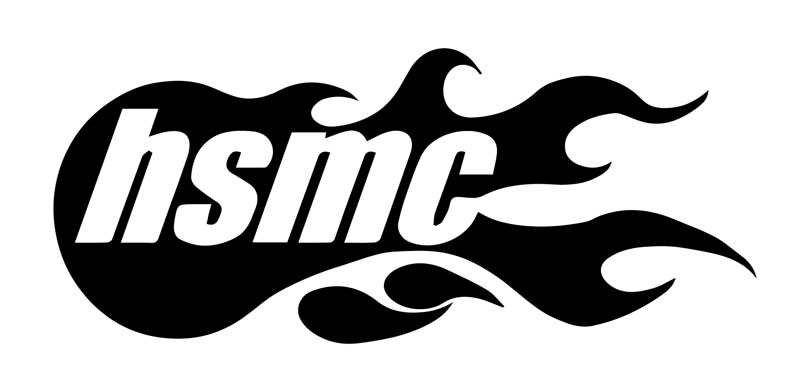
|
|
| PC/104 |
The PC/104™ Consortium was established in February 1992 based on the vision to adapt desktop computer technology for embedded applications. Although small, PC/104™ has proven to be simple and elegant in design, while providing rugged performance on land and space. PC/104™ technology merges the successes of past technologies with the confidence of future innovations. |
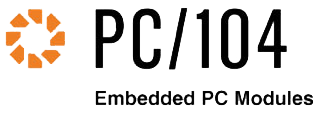
|
|
| PICMG |
PICMG's consortium of companies and organizations continue to collaboratively develop open standards for high-performance telecommunications, military, industrial, and general purpose embedded computing applications. Key standards families that have been developed include CompactPCI®, MicroTCA®, COM Express®, COM-HPC™, and many more. |
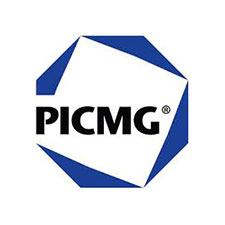
|
|
| PISMO |
The platform-independent storage module PISMOTM specifications address issues regarding finding the right combination of ICs for mobile devices. The PISMOTM Standard provides convenient, interchangeable memory test boards. PISMOTM boards significantly reduce complications in design by allowing for shorter design cycles and faster time-to-market. |

|
|
| SFF-SIG |
SFF-SIG (Small Form Factor Special Interest Group) is a Standards family primarily focused on the development of modular embedded computers and controllers. Many SFF-SIG specifications utilize proven interfaces such as PCI Express® and USB when defining single-board systems and COM (computer-on-module) form factors. |
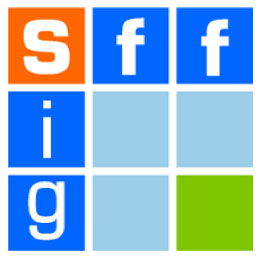
|
|
| SNIA® |
SNIA-TA-1002 defines an unshielded, Input/Output, card edge connector and mating card interface capable of operation up to 112 GT/s PAM4. The connector has 56, 84 or 140 contacts based on bandwidth needs and is configurable for straight, right-angle, edge mount and orthogonal applications. |
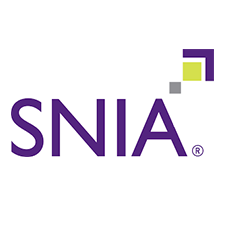
|
|
| SOSATM |
The current capabilities of government agencies such as C5ISR (Command, Control, Communications, Computers, Cyber, Intelligence, Surveillance, and Reconnaissance) have been hindered by lack of modular designs, challenges of retro-fitting monolithic systems, and extensive testing requirements. This has resulted in longer lead times and higher costs to properly equip the war fighter. To better address these concerns and create sensor solutions for hardware and software system components, The Sensor Open Systems Architecture (SOSA™) was formed. The goal of SOSA™ is to reduce development and integration costs and time to field new sensor capabilities. This is achieved by leveraging proven, existing Industry Standards such as VITA. |
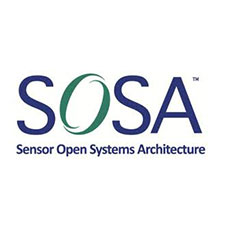
|
|
| VITA |
VITA members have worked together to define and develop key computer bus, board, and system specifications such as VMEbus, PCI Mezzanine Card (PMC), VXS, VPX, FMC and many more. Since VITA's inception in 1984, nearly 100 working groups have been formed to develop specifications and standards important to designers of critical embedded systems around the world. Systems from medical imaging to space launch control, semiconductor processing to defense systems, have depended on products based on VITA Technologies. |
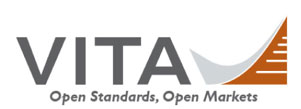
|
Signal Transmission and I/O
Transmission protocols are at the core of today's most popular Standards to enable communication between integral processors. A wide range of supporting I/O subsystems extend the boundary to include external devices. Together, protocols and I/O ensure reliable transmission, which is critical to today's computing systems.
| Industry Standard | Description | ||
|---|---|---|---|
| COBO |
This sub-specification of COBO (Consortium for On-Board Optics) defines the characteristics of COBO Compliance Boards (CCB), which are used for electrical and optical testing of COBO networking equipment. The CCB includes a Host Compliance Board (HCB) and a Module Compliance Board (MCB) which support 400GAUI-8 C2M interfaces. |
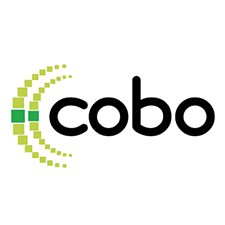
|
|
| CXL® |
Samtec is a proud member of the CXL® Consortium, an industry standards body dedicated to advancing Compute Express Link® (CXL) technology. CXL is a high-speed interconnect offering coherency and memory semantics using high-bandwidth, low-latency connectivity between the host processor and devices such as accelerators, memory buffers, and smart I/O devices. |

|
|
| HT3 |
The HyperTransport® Consortium is an internationally recognized standards body focused on producing open-standard protocols that enable computing-system designers to improve overall performance. |

|
|
| IEEE |
IEEE (Institute of Electrical and Electronics Engineers) and its members inspire a global community to innovate for a better tomorrow through its more than 423,000 members in over 160 countries, and its highly cited publications, conferences, technology standards, and professional and educational activities. IEEE is the trusted “voice” for engineering, computing, and technology information around the globe. |

|
|
| JIIA / CoaXPress® |
Japan Industrial Imaging Association (JIIA) is a Japan-based organization leading technological innovation of industrial imaging. JIIA promotes a global community for organizations related to industrial imaging, thus contributing to the development of industrial imaging standards and products worldwide. |

|
|
| PCI Express® |
PCI Express® Standards define the protocol and physical specifications for serial expansion buses and components required to drive fast, efficient point-to-point transfers. PCIe® buses are the communication standard for computers, from laptops to servers and other high performance systems. |
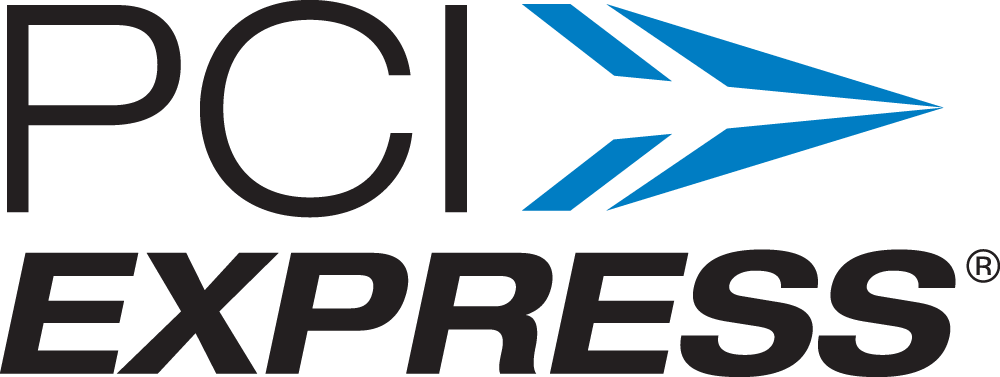
|
|
| SFP |
SFP/SFP+ (Small Form-Factor Pluggable) is a compact, hot-pluggable optical module transceiver commonly used in telecommunication and data communications applications. |
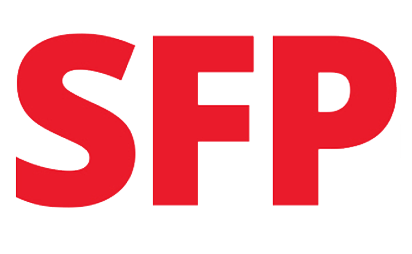
|
|
| SATA |
Serial AT Attachment (SATA) is a computer bus interface that connects host bus adapters to mass storage devices. These include hard disk, optical, and solid-state drives. |
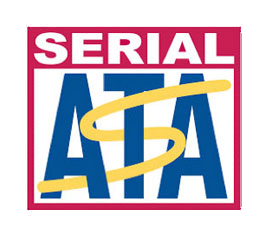
|
|
| SMPTE |
SMPTE (Society of Motion Picture and Television Engineers®) has been driving many of the significant advances in media and entertainment since 1916. From color television to 8k UHD video, SMPTE's work affects us all on a daily basis. With more than 7000 members ranging from imaging experts to students, SMPTE continues to develop Standards crucial to film and television development. |
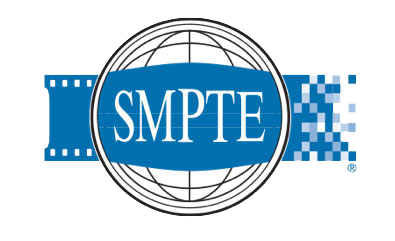
|
|
| USB |
USB (Universal Serial Bus) is one of the most common industry standards on the market. Its applications vary from connector and cable specifications, connection protocols, and power supplies for peripheral devices. |

|
Test, Debug, and Programming
The process of testing, debugging and programming can vary from relatively simple operations to complex data analysis. To aid in these endeavors, various physical Standards have been defined to provide high processing power and compatibility while maintaining minimal board real-estate and pin-outs.
| Industry Standard | Description | ||
|---|---|---|---|
| Arm® |
Arm® RealView Hardware Platforms are suitable for architecture and CPU evaluation, hardware and software design, and ASIC emulation. |

|
|
| JTAG |
Joint Test Action Group, also known as JTAG, is the common name for IEEE standard 1149.1. This standard defines a particular method for testing board-level interconnects, which is also called Boundary Scan. In short, JTAG was created as a way to test for common problems, but lately has become a way of configuring devices. The JTAG hardware interprets information from five different signals: TDI (Test Data In), TDO (Test Data Out), TMS (Test Mode Select), TCK (Test Clock), and TRST (Test Report-optional). |
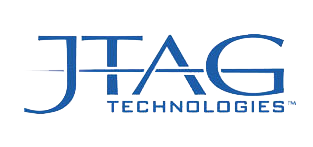
|
|
| Nexus 5001 |
IEEE-ISTO 5001™-1999, The Nexus 5001™ Forum Standard for a Global Embedded Processor Debug Interface, is an open industry standard that provides a general-purpose interface for the software development and debug of embedded processors. |
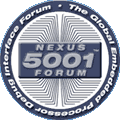
|
|
| Power.org |
The Power Architecture was originally developed by IBM in the early 1980s. Power Architecture technology is used in many applications from consumer electronics to supercomputers. Facilitated by POWER.org, recent adoption of the high speed signal protocol required a new search for effective trace and debug connectors, new cables, and overall cost effective solutions that resolved a number of existing issues. |

|
Silicon Development
Developers are well aware of the ever-evolving demands of designing silicon-based platforms. Most face the challenge of balancing increased performance requirements with common concerns such as size, power consumption, time-to-market and cost. A popular solution is utilizing FPGA technology as a substitute for proprietary silicon. Samtec supports the silicon industry which enables end users to take their product goals to the next level.
| Industry Enabler | Description | ||
|---|---|---|---|
| Intel® |
Intel® development kits provide a complete, high-quality design environment for engineers. They simplify the design process and reduce time to market. Intel® has selected Samtec High Speed interconnect solutions for many of their Boards and Kits. |
 Intel and the Intel logo are trademarks of Intel Corporation or its subsidiaries.
Intel and the Intel logo are trademarks of Intel Corporation or its subsidiaries.
|
|
| Maker Kits |
Tinkerers, hobbyists, students and enthusiasts form the backbone of the tech-influenced DIY community known as the Maker Movement. Makers use various open-source electronic platforms as they develop interactive products ranging from robotics and drones to arts, crafts and musical instruments. |
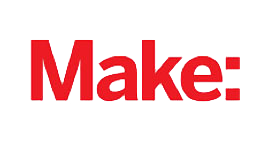
|
|
| Microsemi |
Microsemi provides a selection of development kits & boards for FPGA and SoC FPGA designs that include Libero SoC design software, power, and Programming & Debug Tools to begin your next design. |

|
|
| Xilinx |
Xilinx® and its Alliance Program Members offer the industry's most comprehensive offering of FPGA Development Boards and Design Services to help speed developer's time-to-revenue over a wide variety of application needs. Xilinx® |

|
CONTACT SALES
First Name
Last Name
Don't want to fill out a form?
Chat with a product expert directly.


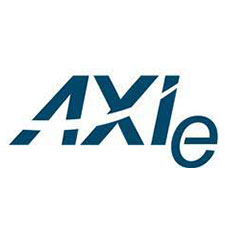
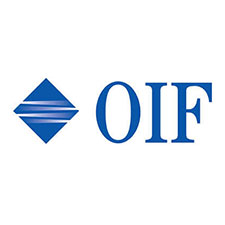
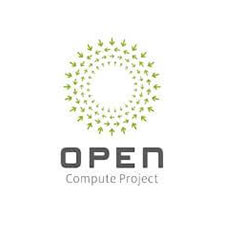
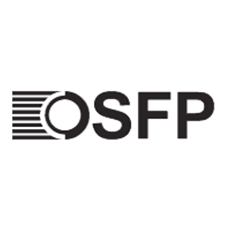
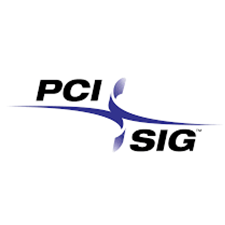
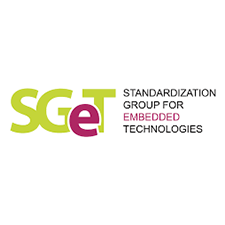

 Your Privacy Choices
Your Privacy Choices